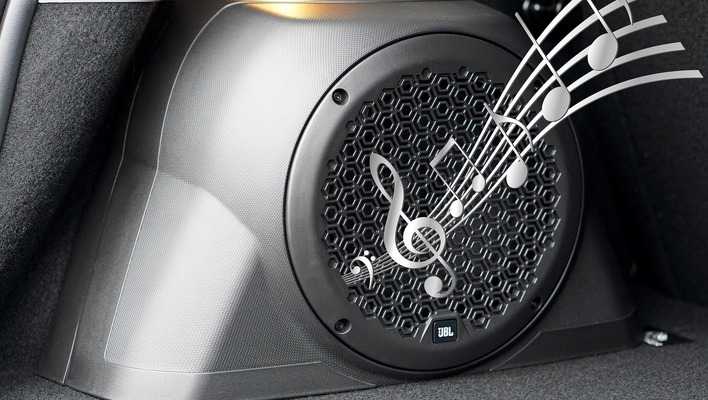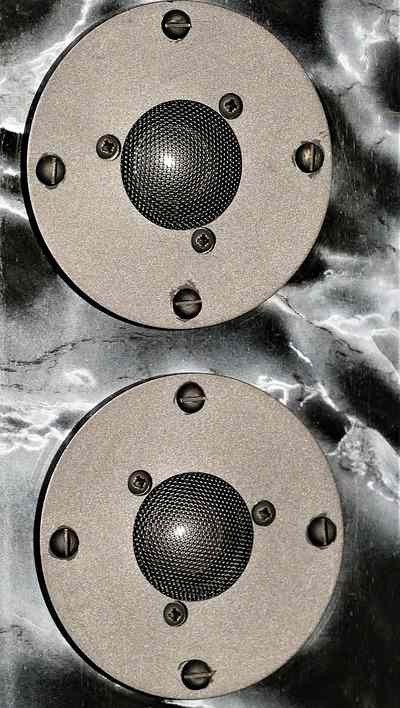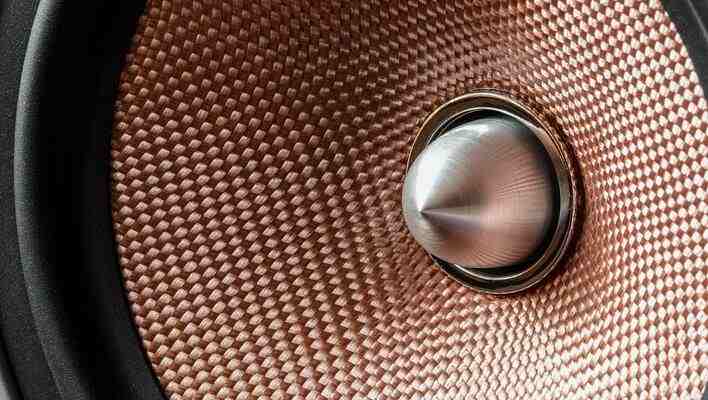According to the Super Tweeter Market Research Report 2021, the tweeter market growth will reach USD 1 million by 2027. An indication that the demand for audio systems in the sound stage rises by the day.
Tweeters are audio drivers that can reproduce ultra-high frequencies, otherwise known as treble. On the other hand, Super tweeters are unique tweets designed to offer an extended high-frequency response in a coaxial speaker.
Tweeters and super tweeters offer sound staging, full-range sounds, and better accuracy. Woofers and mid-range speakers cannot handle these details.
So, what’s the difference between tweeters and super tweeters?
What is a Super Tweeter Speaker?
A super tweeter is an additional tweeter unit, which offers comprehensive ultra-high frequency response when used with a tower or bookshelf speaker.
Most loudspeaker systems have poor high-frequency performance when higher frequencies are used. Super tweeters, therefore, help to solve the problems caused by loudspeakers.
Its purpose is to provide airiness that creates a more realistic, exciting, and ambient listening experience. The super tweets get integrated into home theater and high-fidelity speakers such as ultrahigh definition Bluray.
Unlike regular tweeters that reproduce distorted frequencies with narrow polar output, super tweeters can supplement the sound of tweeters’ speakers.
They respond well to ultra-high frequencies (20 kHz); The accepted upper-frequency limit for human hearing.
The tweeters offer width, enhanced timbre, and depth to the sound of your speaker systems. The provision of auxiliary HiFi effect, density, detail, and texture makes all this possible.
Pros
Some of the benefits of using super tweeters include:
- Super tweeters, such as Townsend super tweeters, can reproduce the content of ultra-high frequency to a high ultrasonic frequency range.
- Offer perfect response to ultra-high frequencies of between 2 kHz – 20 kHz.
- Super tweeter crossover frequencies limit the range of frequencies that get sent to a speaker or amplifier.
- Your audio system gets fine-tuned by using the tweets crossovers to cancel phase errors.
- Efficient where high power handling and loud volume top list of requirements.
Cons
- Impractical for indoor enjoyment and critical listening.

Why Do You Need Super Tweeter Crossover?
As mentioned previously, super tweets have crossovers to eliminate the error phase. So, what are crossovers?
Crossovers are electronic filters that split audio signals into two or more frequency ranges (two-way or three-way). The split signals are then sent to loudspeaker drivers that operate within the defined frequency ranges. The split signals result in the best speaker combinations, such as a woofer-midrange-tweeter combination.
Some of the common crossovers that offer a realistic sound field are car speakers and home stereo crossovers. They’re responsible for directing low-frequency sounds (bass) to the right speakers.
There are two main types of crossovers, passive and active crossovers. Passive crossovers use a network of electrical components to split signals from one power amplifier and direct the calls to two or more speakers.
Active crossovers split an audio signal before its power is amplified and sent to two or more power amplifiers connected to a separate loudspeaker driver. Unlike passive crossovers, active crossovers come in both analog and digital arrays.
What is a Tweeter Speaker?
A tweeter specializes in ultra-frequency music sound and complements speakers that are not suitable for high frequencies. They resemble woofers that cannot produce upper-pitched sounds, like those used in a 2-way bookshelf speaker design.
Tweeter speakers are small in size due to the small cone, thus produce smaller sound waves. Unlike the super tweeters, tweeters are limited to a specific frequency range (2 kHz – 20 kHz).
Tweets produce the full range of sounds you can hear, making them crucial in music sound systems. The fun and musical sound you experience is beyond this would!

Mid-range speakers are not directional because they produce mid to lower-range frequencies that have large sound waves. Additionally, they have terrible performance in higher sound range. Tweeters serve as a remedy to supply the missing sound range.
Pros
- Tweeters provide stereo imaging when playing quality music with your audio system.
- Tweeter speakers help to recreate stereo imaging and reproduce the higher range audio cues.
- It is recommended for indoor enjoyment and critical listening.
Cons
- Not effective in ultra-high handling frequencies of beyond 20 kHz
- Inefficient where high power handling and loud volume top list of requirements
Common Types of Tweeters
Let’s explore some of the typical tweeters you can find in the marketplace today.
Dome Tweeters
The dome in these tweeters has a suspension and an aluminium wire coiled around its rim. The tweeters come in different driver materials such as titanium, treated cloth, silk, plastic, and beryllium. The use is primarily in home audio equipment due to their low resonance frequency.Cone Tweeters
Cone Tweeters
Due to the paper cones material, audiophiles refer to them as paper-cone tweeters. They are cheap to design and manufacture. However, they are prone to ripping when subjected to high pressure and are prone to moisture damage. The tweeters are most common in older speakers.
Piezo Tweeters
Piezo tweeters make use of piezoelectric crystal material that allows current to flow through them. The tweets deliver loud high frequencies with minimal power input. As a result, piezo tweeters are used in less powerful speakers.
Horn Tweeters
Horn tweeters are tweeters that are mounted in a horn-shaped structure. The structure enhances the efficiency of the direction of sounds with high frequencies. Due to their loudness and wide sound dispersion, these tweeters are used in outdoor speaker systems.
Other types of tweeters include ribbon, electrostatic, air-motion transformers, and concentric tweeters.

Tweeter VS Super Tweeters: What’s Better?
Choosing between a Tweeter and Super Tweeters can be challenging, depending on your music-related needs. Let’s explore some of the factors to have in mind when choosing between tweeters and super tweeters.
Always be led by your ears
Before choosing between dome tweeters and super tweeters, always put your ears to the test. If your ears can handle loud music, then super tweeters are the way to go.
Audiophiles who prefer indoor music and critical listening will opt to purchase tweeters instead of super tweeter speakers.
Tweeter Impedance
Impedance refers to the total electrical resistance to current for any speaker. Impedance is crucial as companies design crossovers according to power rating. Therefore, mid-range and full-range speakers used should match with the corresponding Ohms rating.
Any mismatch makes some of the tweeter speakers play at higher volumes. Therefore, always consider the impedance before settling on the tweeter or super tweeters to purchase.
Tweeter Power Ratings
Loudspeakers integrated tweeters are capable of handling large amounts of power than the average tweeter. The larger voice coil wiring gauge ensures that the woofers can dissipate excess amounts of heat.
The higher the tweeter power ratings, the better for your preferred tweeter!
Tweeter efficiency (SPL rating)
Efficiency rating refers to the volume a tweeter produces in decibels (dB) for a specified amount of power. Super tweeters prefer high efficiency, while average tweeters work optimally between 89dB-91dB for 1W.
Therefore, if efficiency tops the list of your top demands, super tweeters should be the priority.
The Material Used to Make the Tweeter
The material used to make the tweeter impacts the durability and sound quality of the tweeter. Silk, textile, or poly materials offer smoother and more redefined sound at moderate volume. Materials such as graphics, metal, and ceramic deliver stronger and brighter sounds at high volume levels.
Additionally, the various materials determine the shape of the tweeters, which impacts the distribution of ultra-frequencies. The form does more than just style!
Please Read our comparison article on Klipsch RP 500M and RP 600M
Conclusion
Having the best sound is a dream come true for every music fanatic. Choosing between super tweeters and a tweeter is a battle between extended high-frequency response and stereo imaging. However, we can narrow it down to your individual economic needs, taste, and preference.

